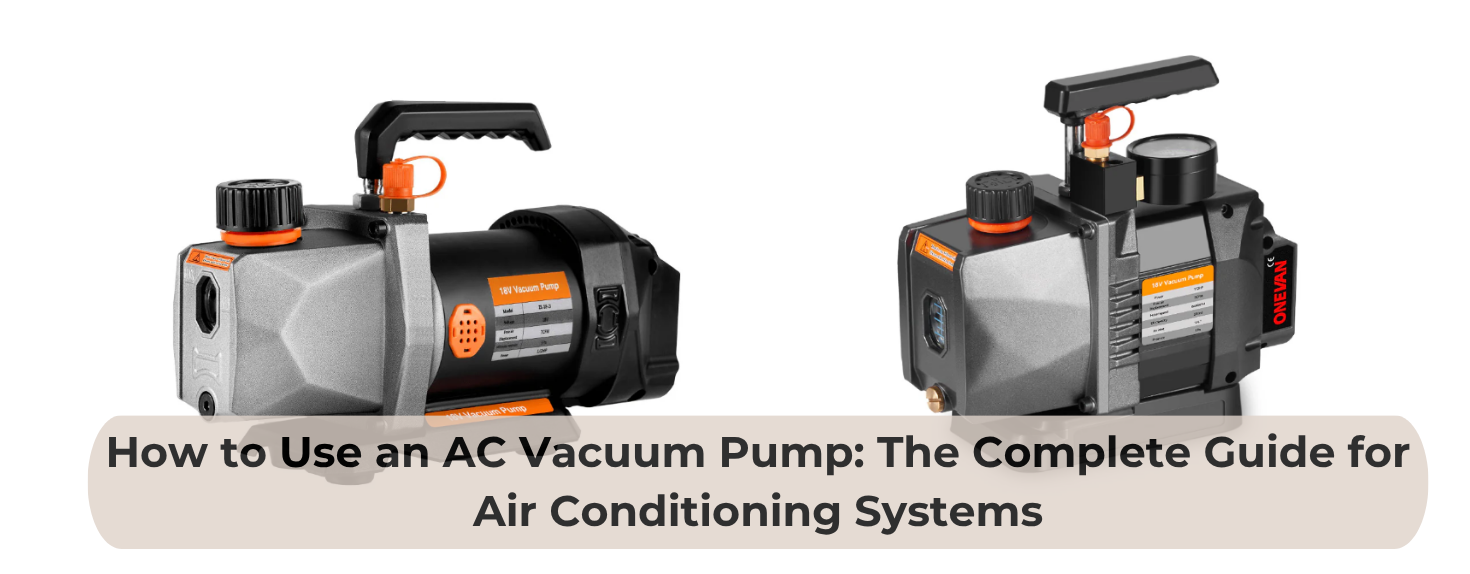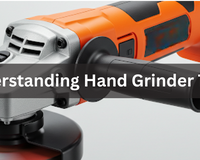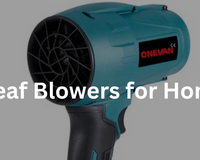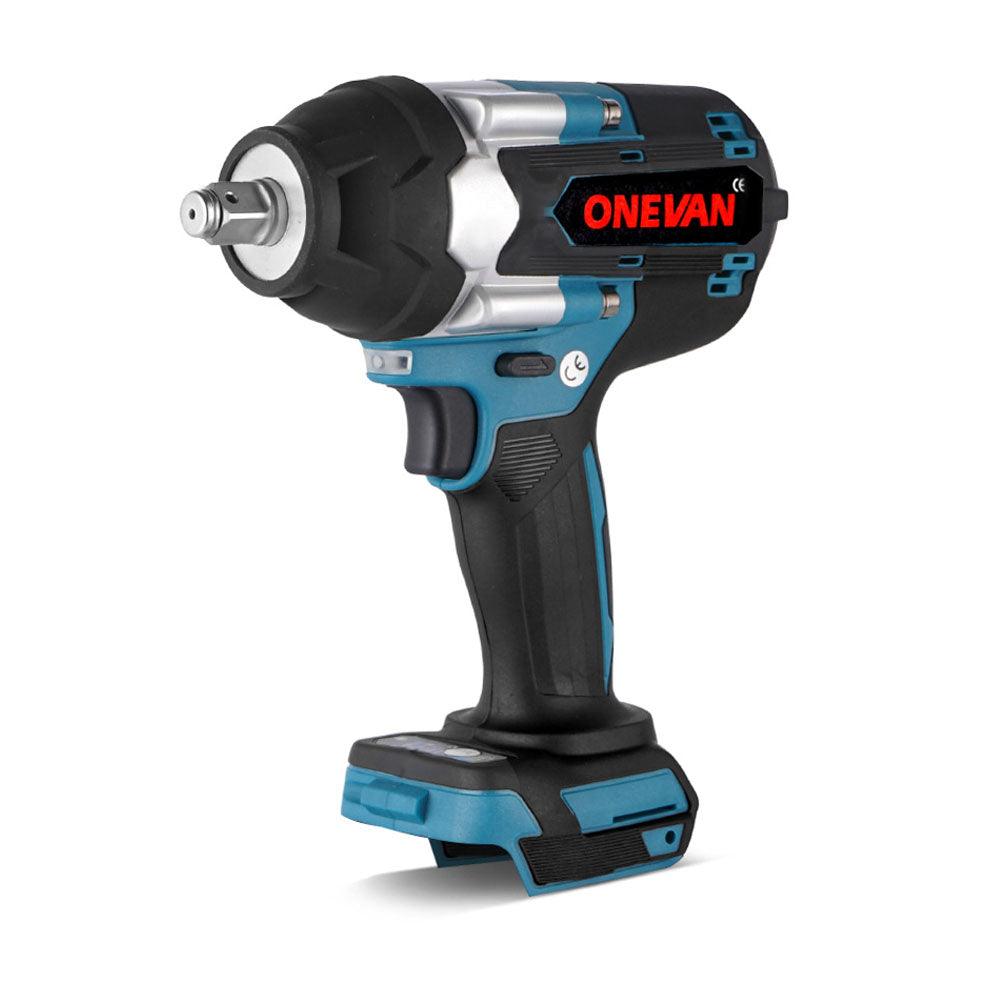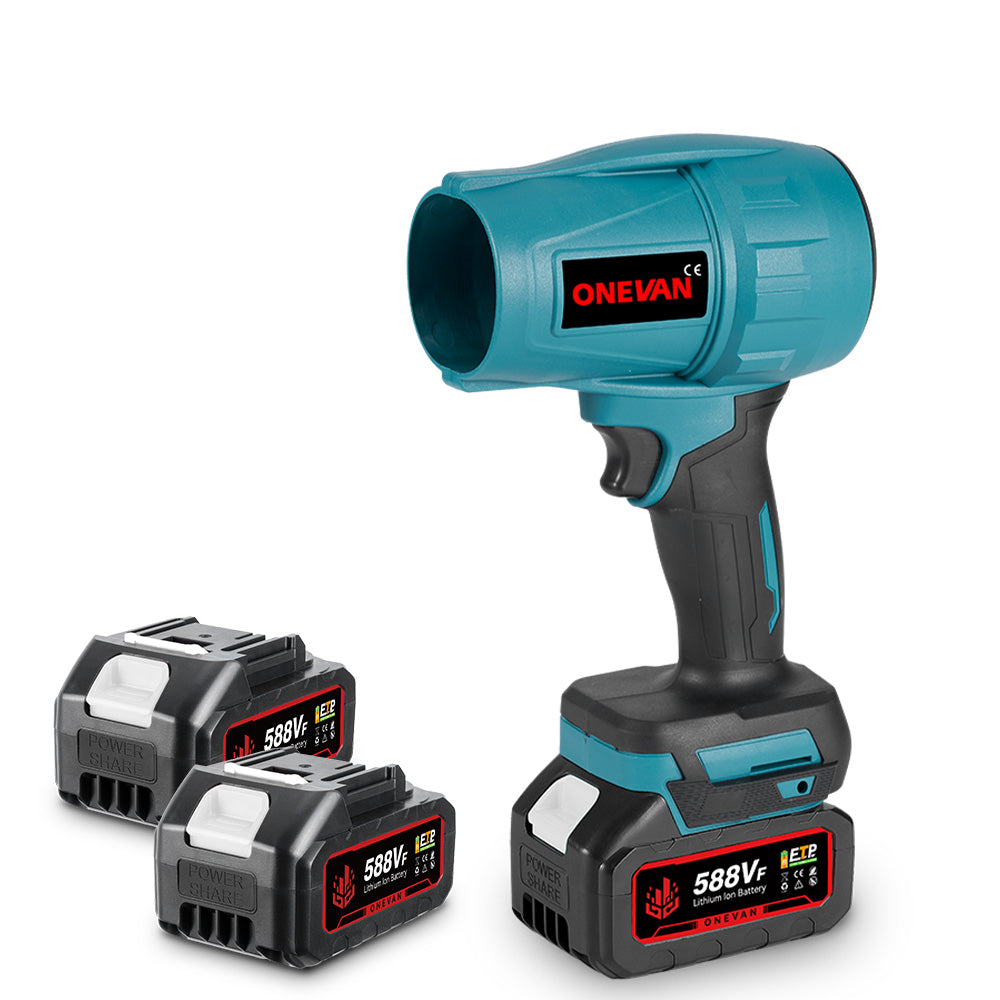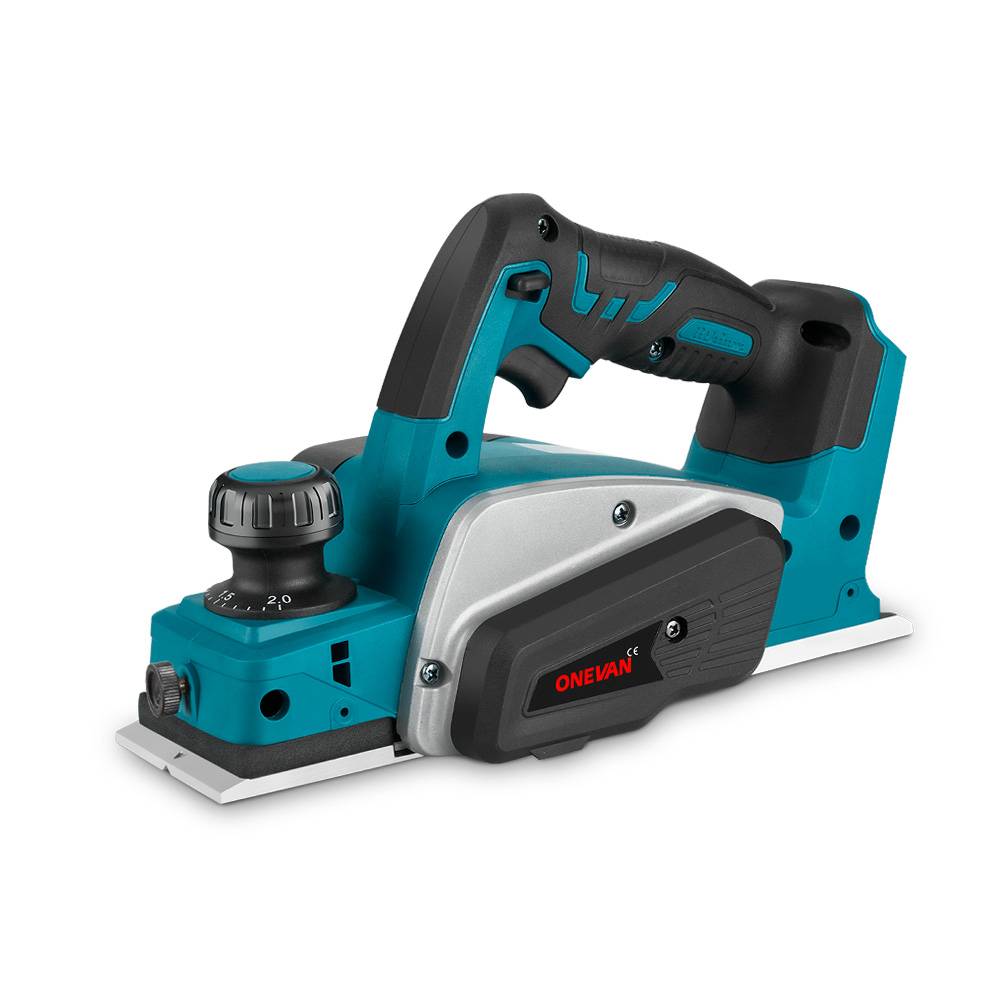1. Introduction
An AC vacuum pump is one of the most important tools in air conditioning (A/C) systems, used to ensure the system's performance, efficiency, and longevity. The vacuum pump is used to eliminate even the slightest amount of air, moisture, and contaminants in the system before it is charged with refrigerant. An AC vacuum pump is one of the most important tools in air conditioning (A/C) systems, used to ensure the system's performance, efficiency, and longevity.
Poor cooling, compressor damage and early system failure can be the result of improper evacuation. This guide provides step-by-step instructions on using an AC vacuum pump, as well as common troubleshooting tips and safety and performance guidelines. The article is a comprehensive guide to using your cordless vacuum pump, whether you are a professional technician or a DIY user, so that you can do reliable A/C servicing.
2. What Is an AC Vacuum Pump and Why Do You Need It?
The Role of Vacuum Pumps in Air Conditioning Systems
An A/C system vacuum pump removes air and moisture from the refrigerant lines before charging the system. Any bit of moisture or air will lead to freezing, lower efficiency, or corrosion of the A/C parts. Learning how to use a vacuum pump in an A/C system helps maintain a clean, sealed environment. Here’s how it works and why it is important:
- Moisture Can be Removed by Following the Instructions:
- Dehydration of Refrigerant Lines:
- Designing and Supporting the Vacuum for the Operational Requirements:
- Checking Contamination Within the System:
- The Advantages of Improving the Reliability and Longevity:
- Enabling the Refrigerant to Circulate and the System to be Maintained:
Refrigerant may be in contact with moisture to form acids that will corrode the metal parts. Moisture is pulled out with the help of a vacuum pump to stabilise the lines.
Pressure is raised by air left in the system, which lowers the cooling effectiveness. Evacuation: Ensures that only refrigerant circulates within the system.
The pump creates a deep vacuum (usually around 500 microns) to ensure the system is clean and ready to be charged with refrigerant.
Internal parts may be damaged by dust or debris. An effective vacuum pump eliminates impurities which may block or cause corrosion.
Proper evacuation eliminates compressor strain and wear while increasing system life.
The clean system guarantees that there is uniform refrigerant pressure and well-running performance. The same principles apply to learning how to use a car AC vacuum pump or how to use an auto AC vacuum pump. The disparity is size and capacity - automotive A/C systems need smaller, portable types of pumps,such as the cordless vacuum pump with its efficiency and convenience
Types of AC Vacuum Pumps Commonly Used
In finding out how to use a vacuum pump for AC, it is necessary to select the appropriate vacuum pump. Here are the main types:
- Corded Vacuum Pumps: These are the traditional models that are plugged into a power outlet, and they provide a high and continuous suction. Perfect for workshops or stationary systems.
- Cordless Vacuum Pumps: Excellent in the field of movement and fieldwork. A cordless vacuum pump has a powerful suction capability, compact size and easy mobility- highly useful in the maintenance of field technicians and the A/C system of automobiles.
- Pneumatic (Air-Powered) Vacuum Pumps: These pumps are powered by compressed air. They are primarily applied where power is unavailable or when it is necessary to evacuate people lightly.
Each type is suitable for a specific setup. However, the method for using a vacuum pump on an A/C unit is similar for all models: ensure correct connections, adequate vacuum time, perform a leakage test, and then charge the system.
3. Tools and Preparations Before Using an AC Vacuum Pump
Before you start learning how to use a vacuum pump on an A/C system, you need the proper tools and setup for safe and efficient working conditions. The tools and equipment that may be needed:
- An A/C vacuum pump of a suitable rate and power in accordance with the size and capacity of your system.
- A manifold gauge set —The A/C connections include blue, red, and yellow colour-coded hoses, which help prevent incorrect fittings on the wrong port.
- Good fittings and connectors so as to have tight fittings and no leaks.
- Gloves and safety goggles to protect against refrigerant and oil exposure.
- The space where the work is to be performed should be well-ventilated, particularly when evacuating automotive A/C systems.
Tips: The ONEVAN cordless vacuum pump is favoured by professionals frequently working with mobile or automotive systems since the product allows for maintaining a high performance level, being portable and easily reachable with the battery.
4. Step-by-Step Guide: Using an AC Vacuum Pump on A/C Systems
Understanding how to use a vacuum pump on an A/C system requires thorough preparation for the correct installation, operation, and testing. Follow these steps:
Step 1: Safety and Setup
- Make sure that the A/C system is switched off.
- Use protective gloves as well as goggles.
- Check whether everything has been fitted together.
- Set the AC vacuum pump in a flat and stable position.
- Assess the oil in the pump during preoperative check-ups.
Step 2: Connect the Manifold Gauges and Vacuum Pump
- Attach the blue and red hoses to the low- and high-pressure service ports of the A/C system, respectively.
- Plug the yellow hose into the intake port of the vacuum pump.
- Check connections twice to leave out the leaks.
- Close both manifold valves and all start.
This action is essential when performing the work with the vehicles concerned, as it explains how to use the vacuum pump on the auto AC effectively and prevent contamination.
Step 3: Operating the Vacuum Pump
- Switch on an AC vacuum pump and open a low-pressure valve on the manifold gauge.
- Note vacuum gauge reading - it is expected to start falling, and this is an indication that air is being pumped out.
- Minimum run pump 30-60 minutes based on the size of the system.
The correct way how to use the AC vacuum pump guarantees complete evacuation. Bigger or wetter systems may require more time to reach a proper vacuum due to accumulated contaminants.
Step 4: Holding the Vacuum and Leak Detection
- Once the desired vacuum level (approximately between 500 and 600 microns) is reached, close the manifold valves and switch off the pump..
- Monitor the pressure gauge within 10 minutes to 15 minutes.
- An increase in pressure may indicate the presence of a leak..
- When the pressure does not vary, then the system is properly sealed.
This will ensure that the system is up to date - one of the major steps when researching how to use a vacuum pump on an AC safely and professionally.
Step 5: Disconnect and Proceed to Charging
- After you have ensured there is no leakage, remove the yellow hose that was connected to the pump.
- Ensure both low and high-pressure valves are closed after checking for leaks.
- The refrigerant charging of the system is now enabled.
This is the point of termination of the core evacuation step on how to use vacuum pump in AC system operations.
Step 6: Final Checks
- Use safety goggles and gloves at all times when all the hoses are closed.
- Clean the area around the pumps.
- Check pump oil - replace the oil that is contaminated.
- Store the cordless vacuum pump in a proper manner that will not affect its efficiency when used in the future.
5. Common Issues and Troubleshooting
When using an AC hoover pump, you might run into some problems even if you follow all the instructions exactly. These issues may result in inefficiencies in your air conditioner or hinder the system from achieving the appropriate vacuum level. Low vacuum readings, oil contamination, air leaks in hoses or connections, and pump failure are common problems. Performance can occasionally be impacted by using outdated pump oil or performing improper maintenance. Finding leaks with a leak detector or the soapy water method is the first step in troubleshooting. Replace any damaged hoses or O-rings and make sure all fittings are tight. Examine the oil quality if the hoover level stays low; dirty or milky oil is a sign of moisture contamination and needs to be replaced right away. Use new hoover oil, and clean the pump on a regular basis.
| Issue |
Description |
Solution |
|
Leakage |
Air entering through hoses or fittings can prevent proper vacuum. |
Check hose connections and O-rings, tighten fittings, and re-evacuate. |
|
Oil Contamination |
Dirty oil can reduce vacuum strength. |
Replace pump oil after every major evacuation cycle. |
|
Slow Evacuation |
Blocked hoses or an underpowered pump. |
Inspect hoses for blockage, ensure valves are open. |
|
Inadequate Vacuum Level |
System not sealed properly. |
Perform a leak test, repair seals, and repeat vacuuming. |
|
Overheating |
Running the pump too long without rest. |
Allow cooldown periods between uses; cordless models like ONEVAN manage heat efficiently. |
These troubleshooting tips are critical for anyone looking to use an AC vacuum pump system efficiently and safely.
6. Tips for Effective and Safe Use of an AC Vacuum Pump
To maintain maximum efficiency, long equipment life, and safety, follow these guidelines when practising how to use a vacuum pump in an A/C system:
- Read the Manual: Understand your pump's specific features and maintenance requirements.
- Inspect the Pump: Always check the specific pump you are using for any issues.
- Use Proper Accessories: Use manifold gauges and hoses recommended by the manufacturer.
- Ensure Proper Oil Levels: When the oil is low, this will decrease the strength of the vacuum and will damage the pump.
- Protective Gear: Use safety goggles and gloves at all times.
- Ventilation: Perform operations in open or well-ventilated areas.
- Monitor Pressure: Pay attention to the monitoring pressure on unused gauges.
- Avoid Overworking the Pump: Operate within the stipulated timeframe.
- Proper Shutdown: Shut down the Use manifold, close its valves prior to shutting off the pump.
- Regular Maintenance: Clean and oil the pump on a regular basis.
When the vacuum pump is cordless, charge the battery after use and store it in a cool, dry place to maintain consistent suction power for the next A/C evacuation.
7. Conclusion
Using an AC vacuum pump effectively is essential for keeping an air conditioning system operating at high efficiency. Drying off moisture, air, and contaminants, you prevent damage to vital parts, increase the cooling process, and increase the service life of the system. Learning to use a vacuum pump on both residential and automotive A/C systems ensures that each unit operates effectively and safely. Due to its convenience, durability, and high performance, the ONEVAN cordless vacuum pump is favoured by technicians worldwide for modern A/C applications. It should be one of your maintenance tools to ensure that your A/C systems are not only clean and sealed but also work well.
8. FAQ
Q1: Why is it important to evacuate the refrigerant lines with a vacuum pump before charging the A/C system?
Evacuation eliminates air and moisture that will cause corrosion and decrease efficiency, resulting in system failure. Correct evacuation is the guarantee of the best performance of the refrigerant.
Q2: How long should I run the vacuum pump on my A/C system for proper evacuation?
Assuming the size and level of contamination of the system, it usually takes 30-60 minutes. Always monitor the vacuum gauge until it reaches the required pressure (approximately 500 microns).
Q3: How often should I replace the oil in my A/C vacuum pump?
Once each time the major evacuation cycles are complete, or the oil turns cloudy or discoloured. Clean oil is also more effective for vacuum work and increases the lifespan of the pumps.
Q4: What is the difference between single-stage and two-stage vacuum pumps for A/C systems?
Single-stage pumps are suitable for smaller systems and basic maintenance tasks. Two-stage pumps are more effective in creating deeper vacuums at a faster rate and are therefore recommended in the bigger or professional settings.
Tags:
AC vacuum pump, how to use AC vacuum pump, air conditioning maintenance, HVAC vacuum pump guide, AC system evacuation, vacuum pump for AC, AC repair tips, air conditioner servicing, HVAC tools, refrigerant removal

